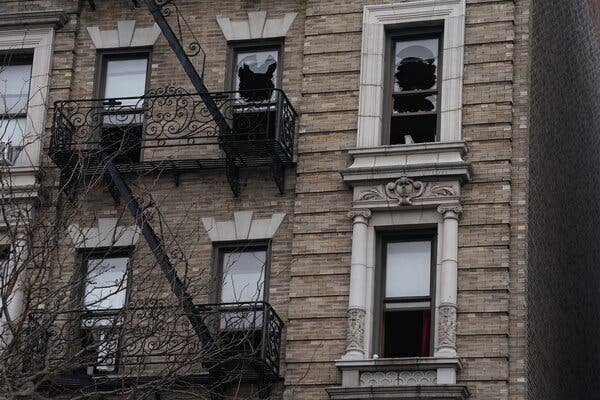The Army Corps of Engineers is criticized for not adequately preparing for climate change in flood-protection projects, as highlighted in a report by the Government Accountability Office. The Corps’ $52.6 billion coastal flood-protection plan for New York City faces scrutiny for not sufficiently addressing climate change factors like sea-level rise and extreme weather. Recommendations include adding climate resilience into planning and considering various flood threats. Various stakeholders support better climate planning for the Corps’ projects to improve effectiveness and reduce future costs.
The Army Corps of Engineers, responsible for federally funded flood-protection projects, is facing criticism from federal investigators for not adequately preparing for the impacts of climate change. A recent report by the Government Accountability Office highlights the need for the Corps to better plan and incorporate climate change considerations into its projects, especially in flood-prone areas like the five boroughs of New York City.
The Corps is currently considering a $52.6 billion coastal flood-protection plan for the city, aimed at safeguarding against future storms of the magnitude of Hurricane Sandy. This plan includes various structures like coastal floodwalls, levees, berms, and storm-surge gates. However, the GAO report points out that the Corps has a history of building costly projects that have failed and emphasizes the importance of planning for climate change impacts in these projects.
The report lists 14 recommendations for the Corps, including incorporating resilience into cost studies and preparing for potential climate hazards such as extreme rainfall, sea level rise, and drought. City and state officials, as well as environmental advocates, have expressed support for the plan and see the GAO recommendations as an opportunity to improve the project’s approach.
The Corps acknowledges that there is still significant work to be done on the New York regional coastal protection plan, which will require approval from state and local authorities as well as federal funding before implementation. Considering multiple flood threats and the worsening impacts of climate change could lead to a different conclusion on the best form of protection for the region.
The Corps project managers have indicated their commitment to integrating the GAO recommendations into their flood risk management studies and projects, such as reinforced dunes in the Rockaways and a seawall on Staten Island. While implementing these recommendations may result in additional costs and require dedicated staff, it could prevent expensive future upgrades to infrastructure damaged by floodwaters.
With the Army Corps spending billions on flood risk protection annually and Congress allocating additional funds for repairs and new projects in disaster-affected areas, there is a pressing need for a more climate-resilient approach to flood-protection projects to mitigate future risks and losses.
Source: TheCity.NYC









